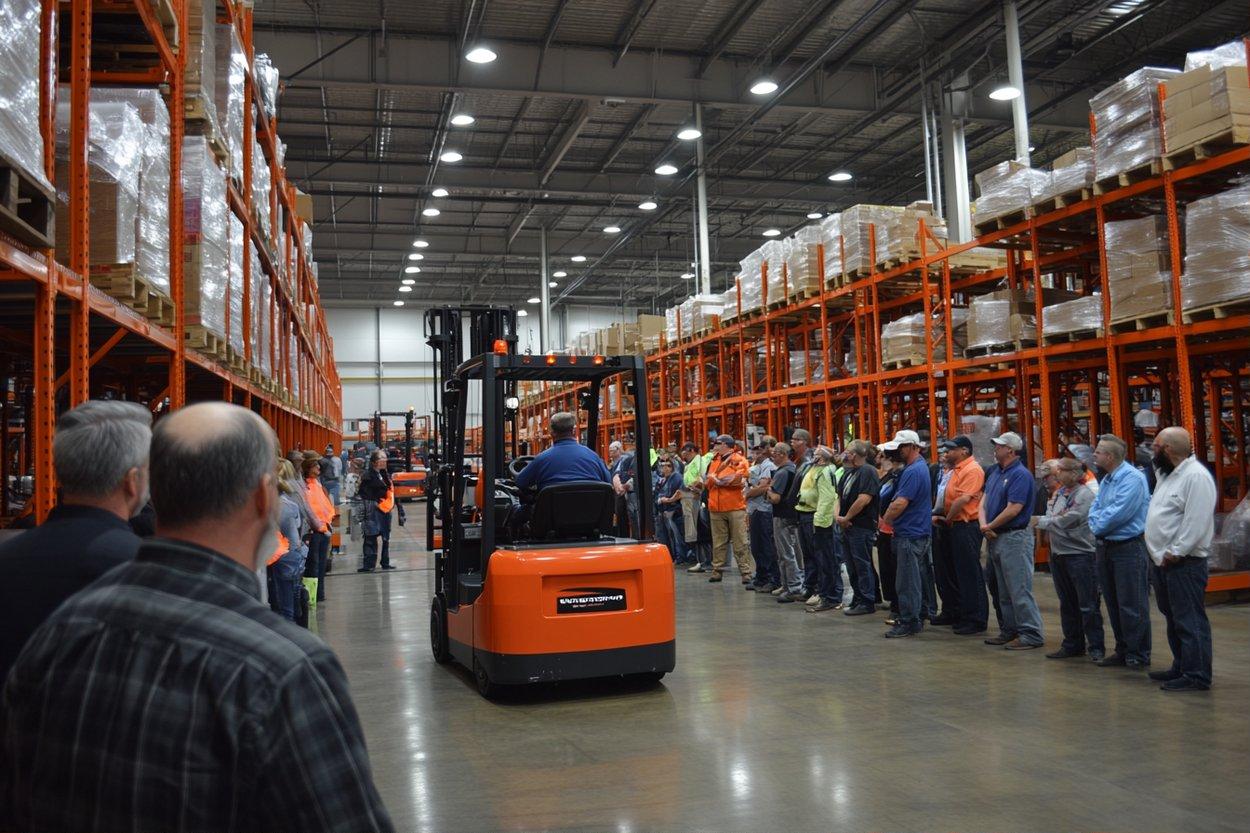Storage Jobs: Roles, Skills, and On-the-Job Essentials
Storage jobs cover a wide range of roles in facilities that keep goods moving, organized, and accessible. This article outlines the core responsibilities, typical training paths, common equipment like forklifts, safety expectations, and inventory practices for people considering work in storage and warehousing. This is general information about storage careers and is not a listing of current job openings or a guarantee of employment.

Warehouse roles and what they involve
Warehouse roles range from entry-level pickers and packers to supervisors and logistics coordinators. Entry-level positions typically involve physical tasks—receiving goods, unloading trucks, picking items from shelves, packing orders, and preparing shipments. Mid-level roles often add responsibilities for quality checking, documentation, basic inventory counts, and operating light machinery. Supervisory and administrative roles focus on workflow planning, staff scheduling, and liaising with transportation partners.
Many warehouses operate on shift schedules, so roles can include night and weekend work. Employers may expect basic numeric literacy, the ability to follow standard operating procedures, and good teamwork. While physical stamina helps, warehouses increasingly use technology—scanners, warehouse management systems (WMS), and automated conveyors—so adaptability and basic digital skills are valuable.
What training is typical for storage jobs?
Training varies by role but commonly includes on-the-job instruction, safety orientation, and task-specific coaching. New hires usually receive an initial induction covering facility rules, emergency procedures, and basic handling techniques. For more technical functions, structured training programs or apprenticeships may be available that teach logistics fundamentals, material handling, and use of warehouse management software.
Employers often provide periodic refresher training on safety, ergonomic lifting, and regulatory compliance. Certification courses—either employer-sponsored or offered by community colleges and trade schools—can cover areas like supply chain basics, inventory control, and logistics planning. Local services and training providers in your area can help with certification if you seek formal credentials before applying for higher-responsibility roles.
How important is forklift operation?
Forklift skills are among the most sought-after in storage jobs because forklifts, reach trucks, and pallet jacks speed handling of palletized goods. Certified forklift operators can move larger loads, work at greater heights, and support faster throughput. Most employers require documented forklift training and a valid operator certificate before allowing staff to run powered industrial trucks.
Forklift training covers vehicle controls, load balancing, stability, lift planning, and pre-shift inspections. Competency tests and periodic re-evaluation are common. Even if a role doesn’t require full-time forklift work, familiarity with the machine’s safety envelope and signals is useful and can improve advancement prospects within a warehouse environment.
Why is safety critical in storage?
Safety underpins all storage operations because warehouses involve heavy loads, moving equipment, and repetitive tasks that can cause injury if unmanaged. Effective safety programs reduce accidents, cut downtime, and protect staff wellbeing. Common safety measures include wearing appropriate personal protective equipment (PPE), following traffic lanes for forklifts, securing loads, and maintaining clean, well-lit aisles.
A strong safety culture combines training, clear procedures, and open reporting of near-misses so hazards are addressed before they cause harm. Ergonomic practices—rotating tasks, using mechanical aids, and teaching proper lifting—help reduce musculoskeletal injuries. Employers are typically obligated to comply with workplace safety regulations and may run toolbox talks, inspections, and drills to maintain standards.
How is inventory managed in storage jobs?
Inventory management is central to storage job efficiency. Accurate inventory ensures orders ship correctly and stock levels meet demand without excessive carrying costs. Techniques range from cycle counting and periodic full counts to continuous real-time tracking using barcode scanners and WMS solutions. Well-implemented inventory processes reduce lost stock, minimize backorders, and improve customer satisfaction.
Storage staff often participate in reconciliation activities, report discrepancies, and help implement better slotting strategies—placing high-turnover items for faster access. Technology increasingly complements human oversight: RFID, integrated ERP systems, and analytics provide insights on stock velocity and reordering thresholds. Attention to detail and consistent record-keeping are valuable skills for roles that interact with inventory data.
Conclusion
Storage jobs offer varied pathways—from hands-on operational roles involving forklifts and manual handling to supervisory positions focused on inventory control and process improvement. Success in these roles depends on solid training, adherence to safety practices, and familiarity with inventory systems. Remember that this article provides general guidance about storage careers, not specific job openings or guarantees of employment.






